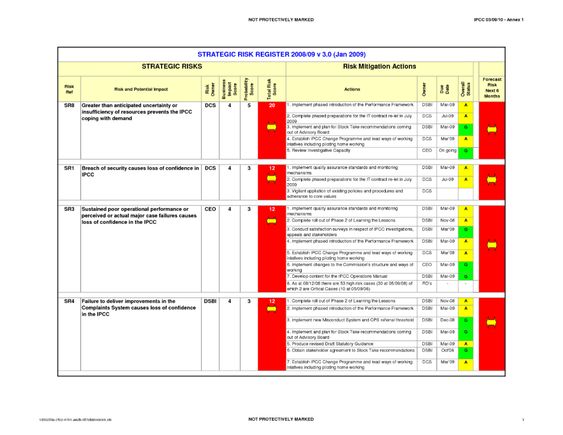What is Operational Risk Management?
Operational risk management (ORM) is the process of identifying, assessing, and controlling risks associated with operational activities in an organization. It is a proactive approach to managing risks that arise from operational activities and processes, such as those related to production, operations, and customer service. ORM focuses on preventing and reducing the impact of risks on the organization’s operations.
The Benefits of Operational Risk Management
Operational risk management can help organizations reduce the costs associated with operational risks, such as those related to production, operations, and customer service. ORM can also help organizations identify and address risks before they become major problems. Additionally, ORM can help organizations improve their processes and procedures, leading to greater efficiency and better customer service.
Identifying Operational Risks
The first step in ORM is to identify potential risks associated with operational activities. This can be done by conducting a risk assessment, which involves analyzing the organization’s processes, procedures, and operations to identify potential risks. Organizations should also consider external factors, such as changes in the market or technology, that could affect their operations.
Assessing Operational Risks
Once potential risks have been identified, they must be assessed to determine their likelihood and potential impact. This involves evaluating the potential consequences of each risk and determining how likely it is to occur. Organizations should also consider the cost of mitigating the risk and the potential benefits of doing so.
Controlling Operational Risks
Once the risks have been identified and assessed, organizations must take steps to control them. This can include developing policies and procedures to address the risks, as well as implementing controls such as monitoring and reporting systems. Organizations should also consider implementing preventive measures, such as training programs and safety protocols.
Monitoring and Reporting
Organizations should monitor their operational activities to ensure that risks are being managed effectively. This should include regular reviews of processes and procedures, as well as monitoring of operational activities. Organizations should also consider developing a reporting system to ensure that any potential risks are identified and addressed in a timely manner.
Communicating the Risk Management Process
Organizations should communicate the ORM process to their employees and stakeholders. This can include providing training on the process, as well as developing policies and procedures that outline how the process should be implemented. Organizations should also consider developing a system to ensure that employees and stakeholders are aware of any changes to the ORM process.
You might find these FREE courses useful
- Implementing a Risk Management Framework
- Program Risk Management in ClickUp
- Introduction to Risk Management
- A General Approach to Risk Management
Conclusion
Operational risk management is an essential process for organizations to manage the risks associated with their operations. It involves identifying, assessing, and controlling risks, as well as monitoring and reporting on them. Additionally, organizations should communicate the ORM process to their employees and stakeholders to ensure that it is implemented effectively.


